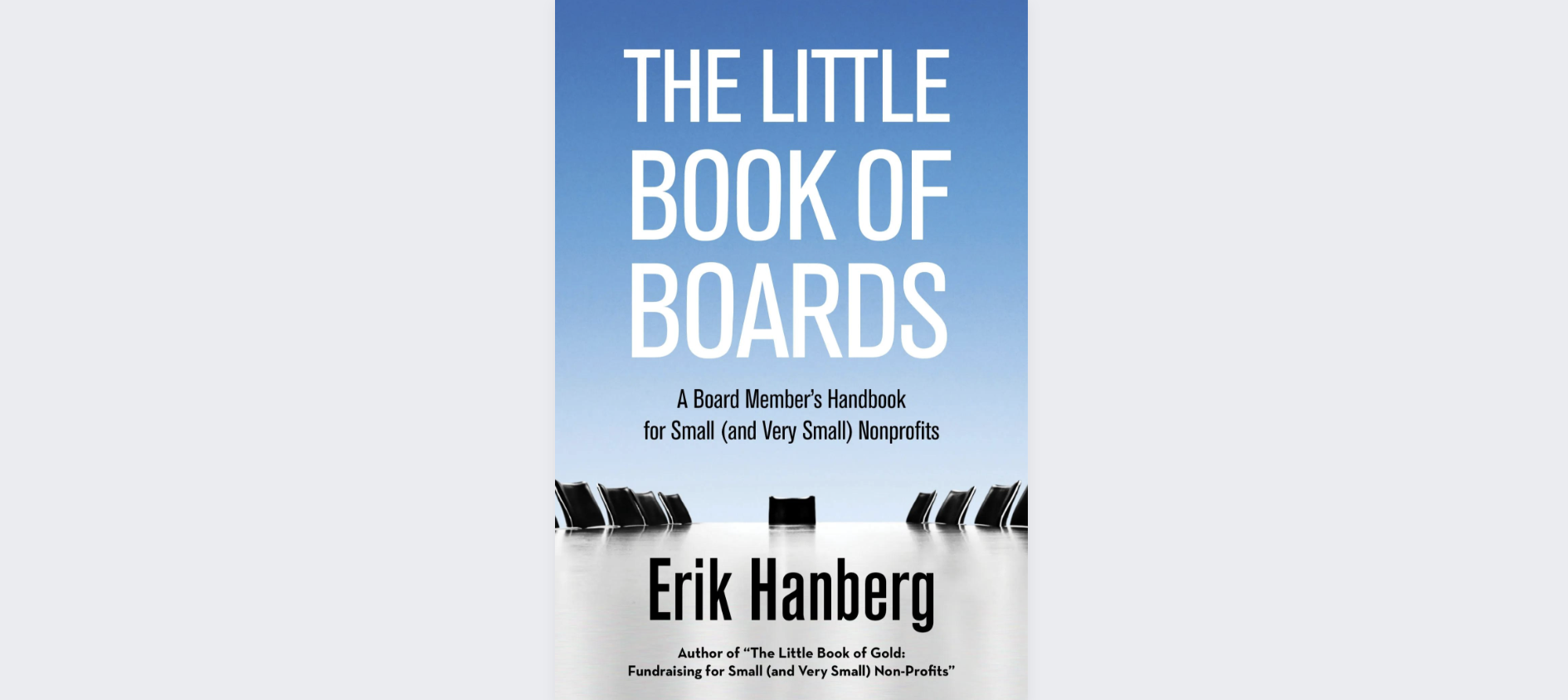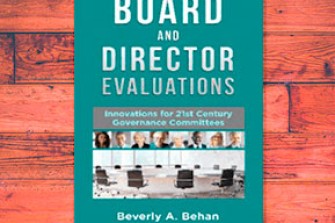Aotearoa New Zealand has around 28,000 charities and another 24,000 incorporated societies. Many fit into the small or very small category consistent with this book’s title. When there are no paid staff, or perhaps just one, how do the rules of governance need to vary to get the job done?
The author has spent more than 20 years working with nonprofits, big and small, as a director and as paid leadership. He has written three similar ‘little books’ on related matters.
First, and importantly, this set in an American context. Boards in the US nonprofit sector tend to be larger, place a strong fundraising imperative on members, give the President (chair) an elevated role and can have a plethora of committees (all too common here too).
What the author does with some success is remind us of the basic responsibilities of a board in any context. He cites these as:
- clarity of and adherence to mission
- creation of policy (how we fulfil the mission); and
- financial oversight (both adequate resource and necessary scrutiny).
The opening section of the book steps through what a board does. Remarkably the answers could be pasted across to very much larger organisations: having the big picture conversations about the market; the nature of the population being served; technology; and ongoing relevance of mission.
He spends some time making clear that only the board as a whole can instruct the senior staff person. With big boards, lots of committees and many eager volunteers, this requires ongoing vigilance. He outlines useful ways to deflect board member enthusiasm without causing offence.
We are fans of clear policy frameworks and—with so many voices—the need here is just as real. In particular, everyone understanding how the board will conduct itself is seen as essential.
He is especially critical of ‘governance in the parking lot’—subgroups of the disgruntled—and devotes some time to making sure everyone speaks up in the meeting, not outside it.
There is some good material on voicing opinion without being overbearing. You are there to have an opinion! But also to be an active listener—really important. Sometimes the best contribution on the day comes from someone who can synthesise and summarise—saves the chair work!
We don’t necessarily agree with the agenda structure proposed, but some good tips for meeting preparation include don’t go in hungry or without visiting the bathroom first (real basics!).
Early in the book, the ‘giving question’ is addressed, stating that all board members should give an annual gift according to means. As an employee of a sizeable nonprofit pitching for support, I was once asked if I personally contributed.
A reasonable argument is that no one has the right to ask unless they give themselves. Passing a cheque to the chair in a board meeting makes the point—old school but the approach works. However, we don’t agree with approach of buying your way onto boards. A better solution for those people is the two-tier board or adjunct ‘guild’ entity with status—fundraising tasks but no decision making.
One thing Americans seem more up front about is stating clear expectations of volunteers and the subsequent holding to account. We could do more of that in some local organisations.
There is considerable discussion on due diligence: why do you want this role? Is it right for you? Commitments are clearly laid out. We always advocate an engagement letter for directors—countersigned—ensuring expectations are clear and agreed to. Here it is suggested that the following phrase is included:
If I don’t fulfil these commitments to the organisation, I will expect the President [chair] to call me and discuss my responsibilities.
These are the conversations that start, ‘help me understand if there is anything I need to know about that is preventing you… etc’.
There’s a good section on how to improve the board, noting that change takes time and can only be achieved as a group process.
Handberg devotes a solid section to being a President [chair]. He possibly views the role as somewhat more front-footed than we would. We tend more to the servant leadership view or chief governance officer perspective. But, as noted, this is in another context where being ‘President’ is important and there are definitely status issues at play. But there is useful discussion on how to avoid being at the beck and call of individual board members. He suggests that a successful President’s legacy will not be one big noisy effort but the result of several thousand quiet fingerprints—a good perspective.
The book concludes with some useful appendices and templates on committees, rules of order and recruiting.
A useful book? We think so. The reader needs to recognise the North American setting. We don’t agree with everything as laid out. But it reminds us that, even when there is very limited or no staff capacity, the basics of governance still apply, albeit in a flexible manner.
Notes
- Published 2015 CreateSpace Independent Publishing Platform








